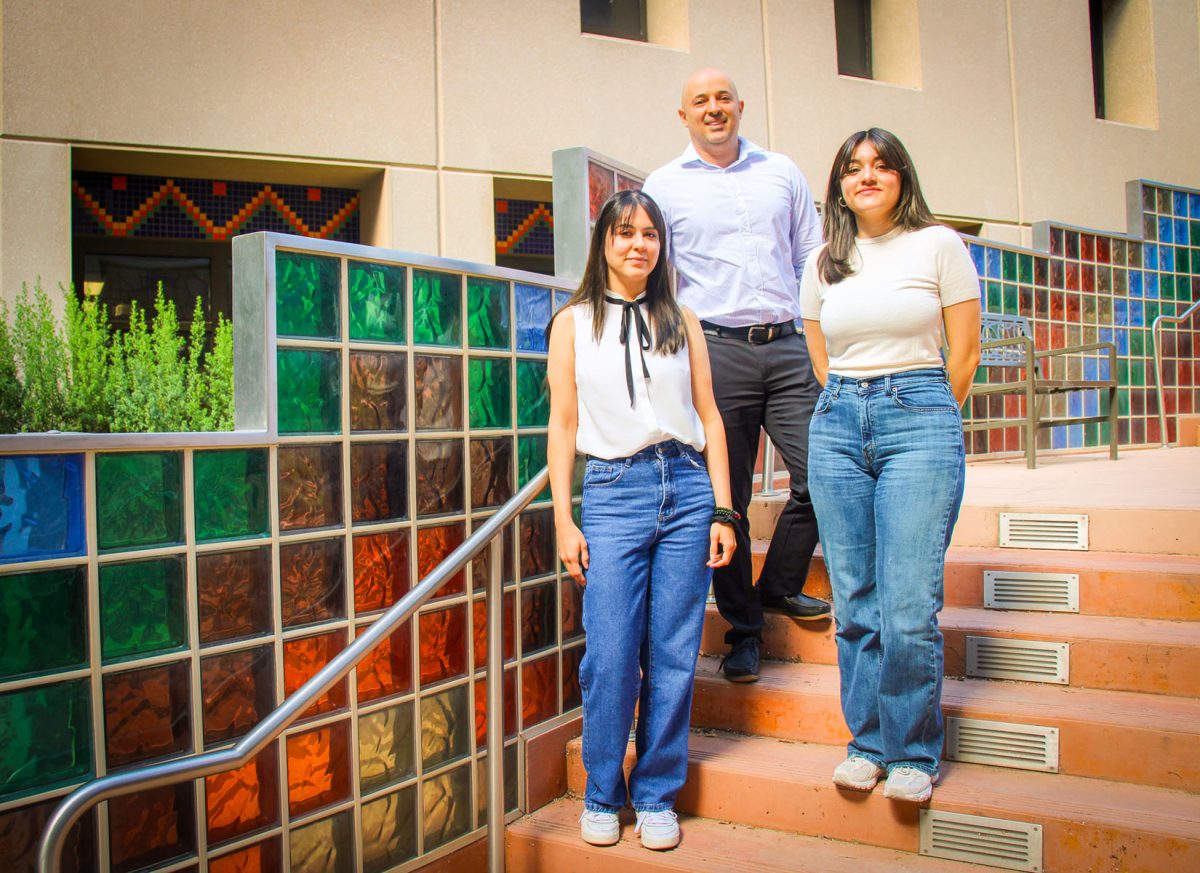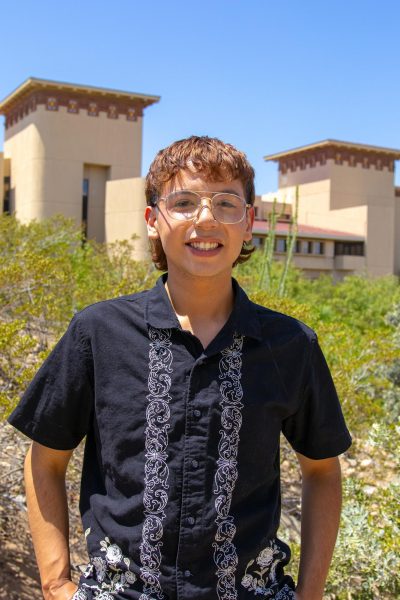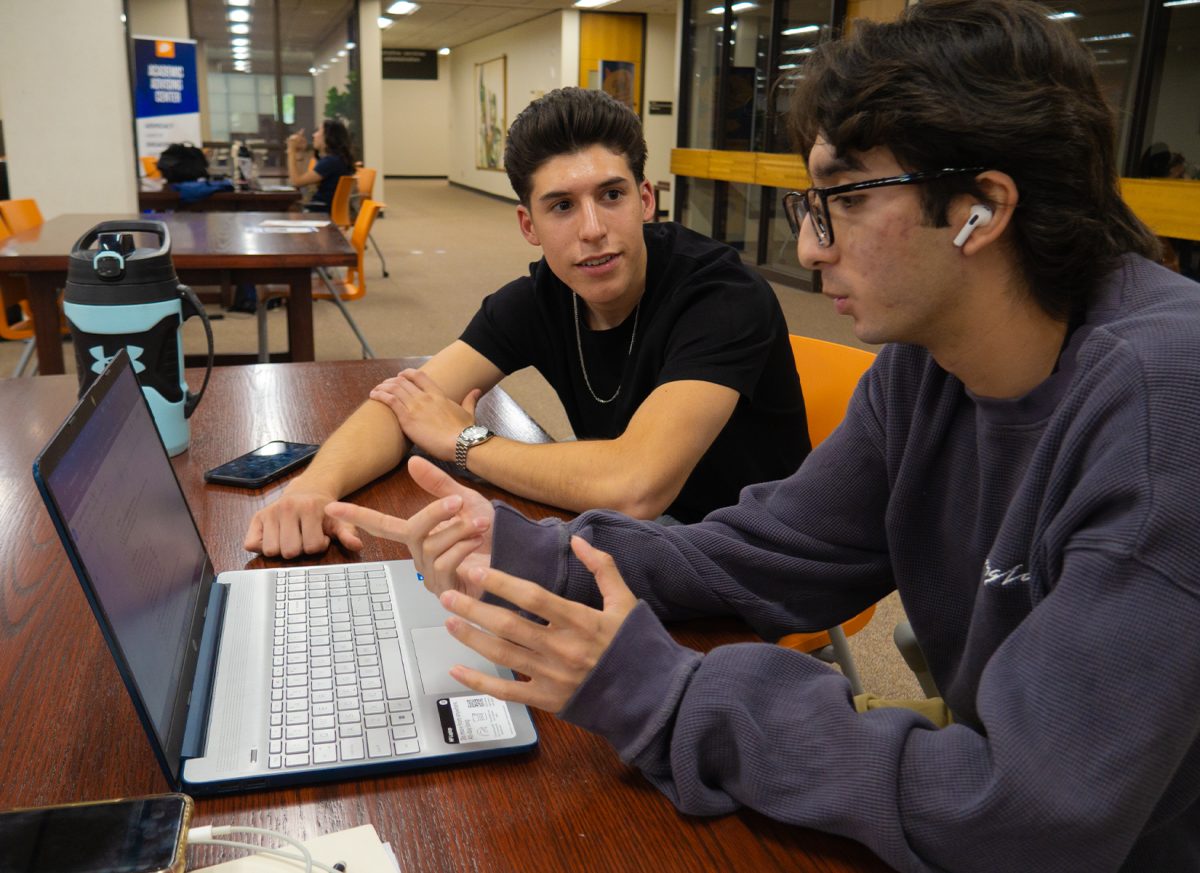Researchers at the University of Texas at El Paso (UTEP) have achieved a significant milestone in agricultural biotechnology, focusing on improving rice crop resilience and addressing potential bioterrorism threats.
Dr. Hamidreza Sharifan, a prominent researcher at UTEP, along with his dedicated team, has been recognized for their groundbreaking work aimed at combating rice pathogens and enhancing global food security.
Dr. Sharifan’s research team includes Daisy Wilson, a Ph.D. student in environmental science and engineering, and Valeria Gonzalez, a senior undergraduate student in forensic science. Together, they have been at the forefront of developing advanced methods to detect and mitigate the impact of pathogens on rice, a critical staple in global food systems.
The research team’s journey began with a unique opportunity provided by the Department of Homeland Security, which allowed them to work closely under Dr. Sharifan’s guidance and mentorship, setting the stage for their innovative research. Wilson shared how this collaboration came about.
“We got an internship with the Department of Homeland Security as a team, so it was led by Dr. Sharifan, and then he mentored myself and Valeria for the summer.”
Their collaborative efforts led to the development of pioneering techniques in biofortification, particularly focusing on nano fortification methods to address microbial contamination. Gonzalez explained their findings regarding the use of nanoparticles in the field.
“Our study found that nano fortification using zinc oxide and magnesium oxide nanoparticles was the most effective,” said Gonzalez “These nanoparticles significantly inhibited E. coli growth by disrupting the cell membranes and metabolic processes. We compared these with ionic forms like magnesium sulfate and zinc sulfate and found that the nanoparticles outperformed the ionic forms in preventing bacterial growth.”
This research not only provides a new approach to combating E. coli contamination but also highlights the potential for nanoparticles to revolutionize food safety standards.
The team’s work promises to enhance food safety technologies and offer advanced solutions to address bioterrorism threats.
In addition to their work on nanoparticles, Wilson and Gonzalez have also explored the resilience of Mexican brown rice, which has shown exceptional robustness.
Wilson explained that this resilience is linked to the rice’s high content of essential minerals and bioactive compounds.
“The Mexican brown rice was found to be the most resilient, likely due to its higher content of essential minerals like selenium, potassium, calcium, and magnesium. These minerals support the plant’s immune system,” said Wilson. “Additionally, the bran layer of brown rice contains phenolic compounds and other microbial agents that play a significant role in inhibiting bacterial growth.”
Dr. Sharifan’s research emphasizes the importance of integrating technology into food safety practices.
“This research supports the development of stricter food safety standards that incorporate advanced technology to protect against microbial contamination and bioterrorism threats,” said Sharifan. “Regulatory bodies could consider nanofortification as part of agricultural practices, which could enhance resilience against such threats.”
The team’s research has faced its share of challenges like optimizing the sterilization process for the rice grains to ensure quality control and assurance.
“One of the main challenges was developing the best practices for sterilizing our bacterial rice grains,” said Dr. Sharifin. “We also needed to find a way to uniformly apply different types of nanoparticles and their ionic forms to the rice grains while inoculating them with bacteria to test their growth and resiliency. We conducted several replications to validate our results.”
Despite these challenges, the team’s dedication and perseverance have led to substantial progress. Dr. Sharifan highlighted how the integration of various scientific disciplines contributed to the success of the project.
“Working with Valeria, who specializes in forensic science, and Daisy, who is in environmental science and engineering, allowed us to integrate different concepts such as food security, forensic science, and environmental chemistry,” he said. “This project gave us the opportunity to explore these intersections and apply them to our research.”
The research team is now looking forward to sharing their findings to the broader scientific community.
While the publication process can be lengthy, Wilson and Gonzalez are optimistic about the impact their work will have on food safety standards. Dr. Sharifan is hopeful that their research will be published by the end of October, marking an important milestone for the team and for UTEP.
By incorporating advanced technologies such as nanoparticles, the team’s work has the potential to reshape food safety protocols and provide new strategies for protecting against microbial contamination and bioterrorism threats.
Dr. Sharifan also noted that this project marked UTEP’s first representation in the Department of Homeland Security and how pioneering this research could reshape how we approach food safety and pathogen management, potentially setting new standards in the industry.
Adam Regalado is the multimedia editor at The Prospector and may be reached at [email protected]








Tom • Sep 19, 2024 at 4:38 PM
The article is too long. But thank you professors, researchers staff and students. You have made the world a better/safer place than it was yesterday. Great job, thank you all.